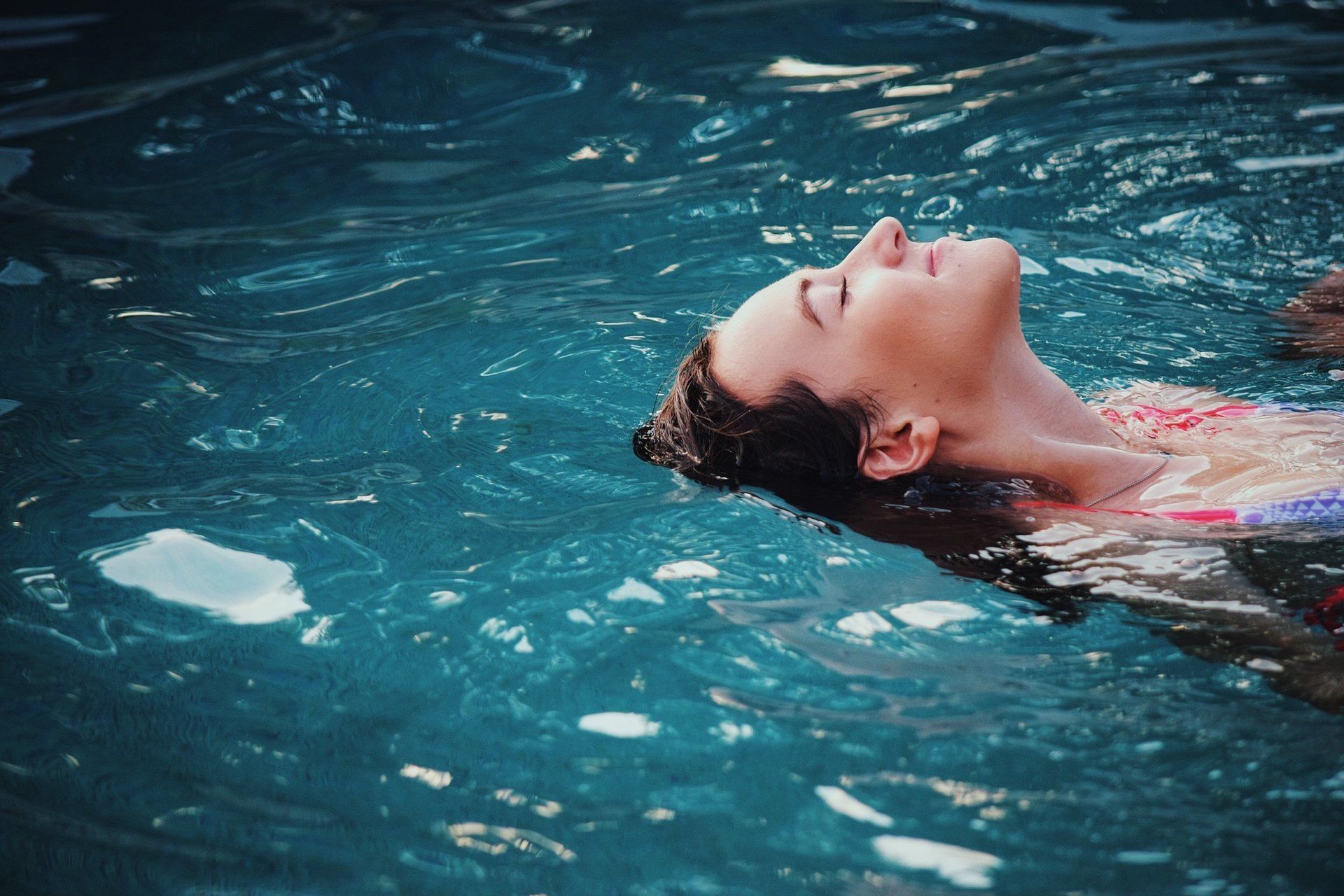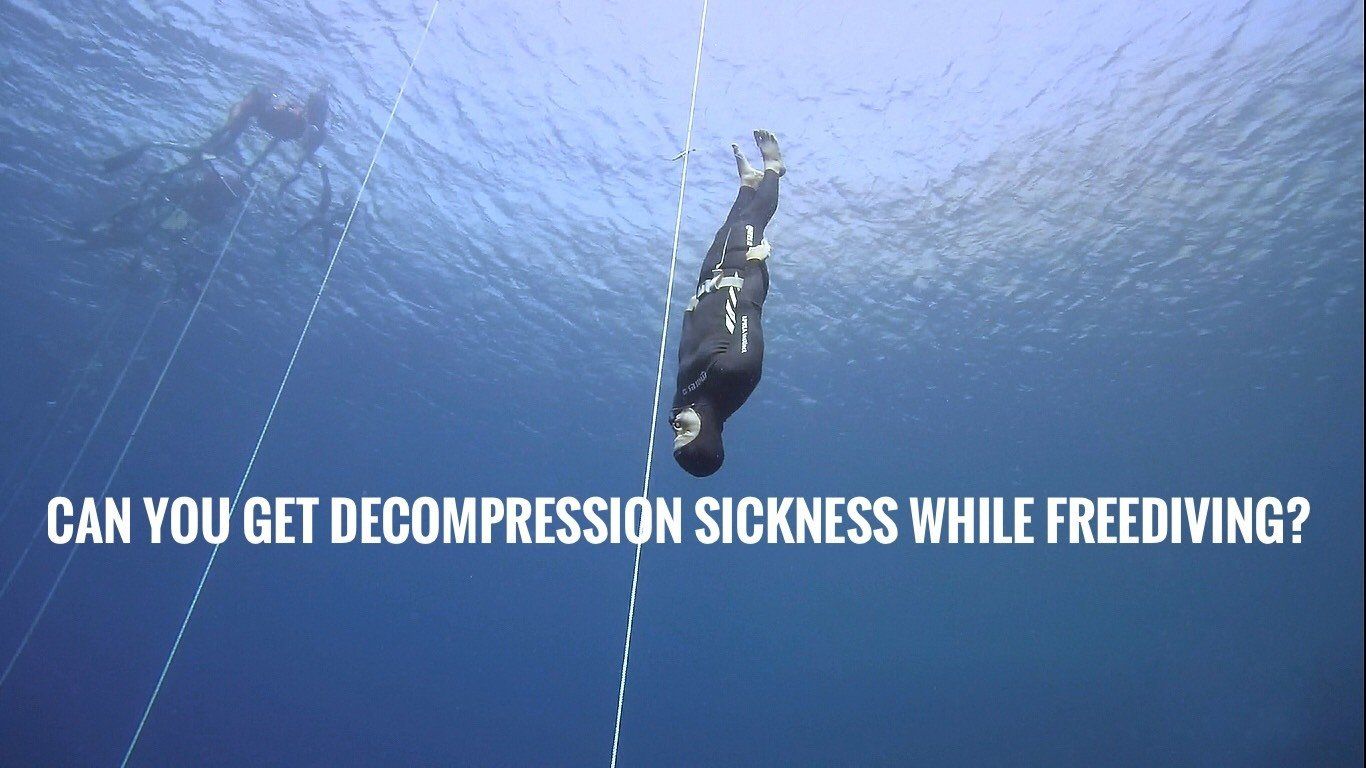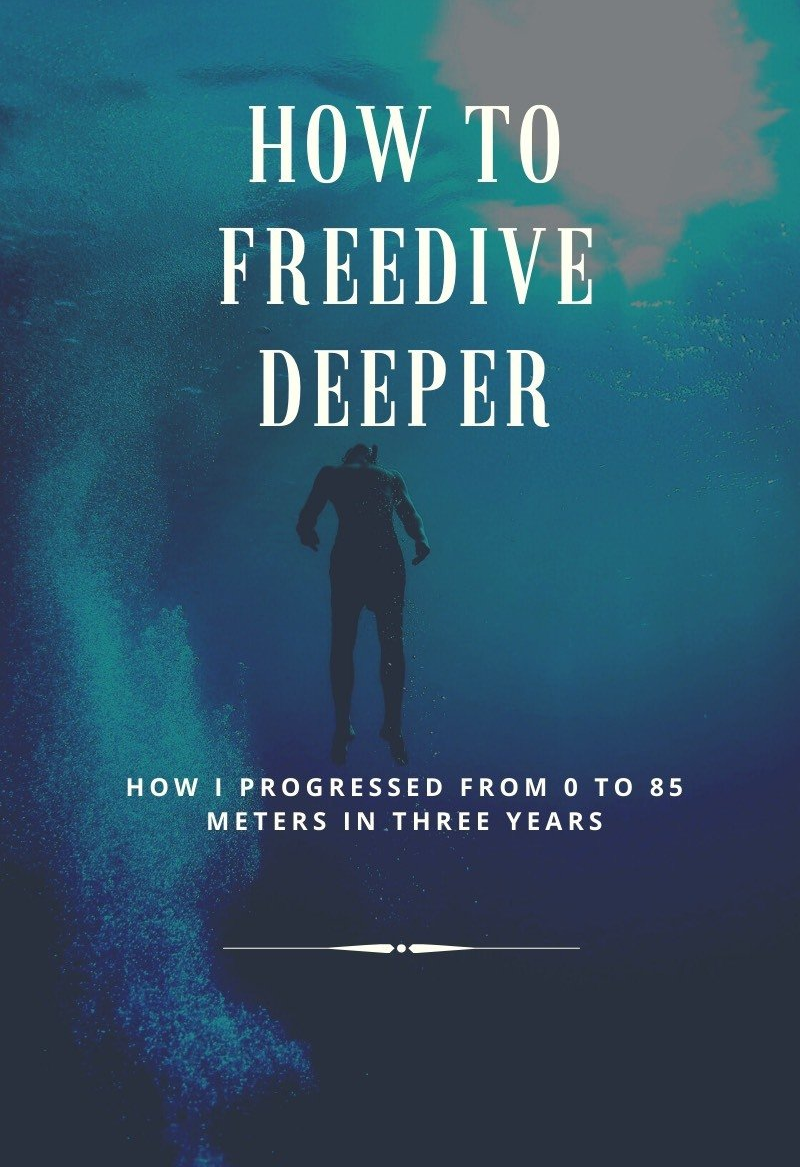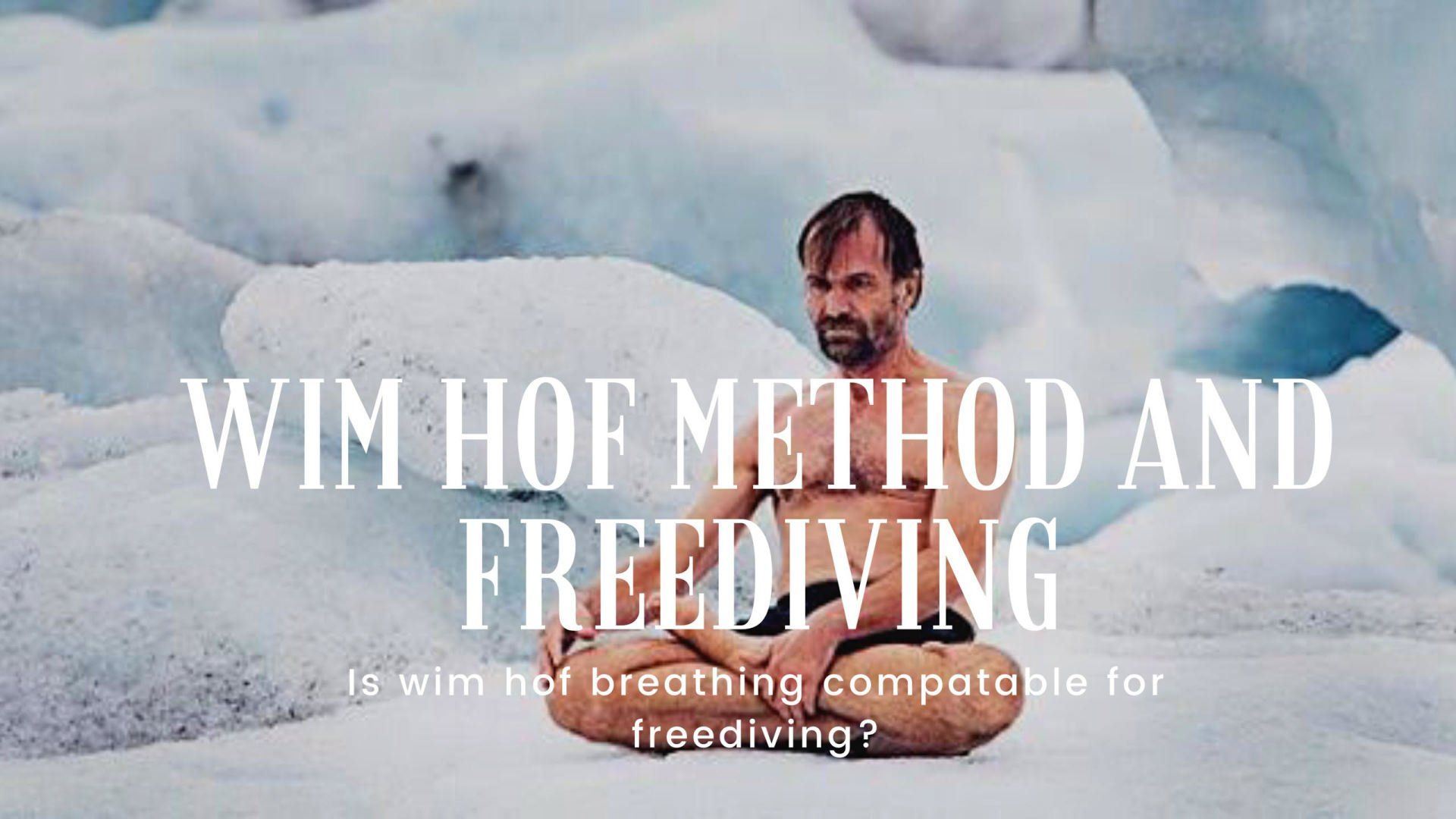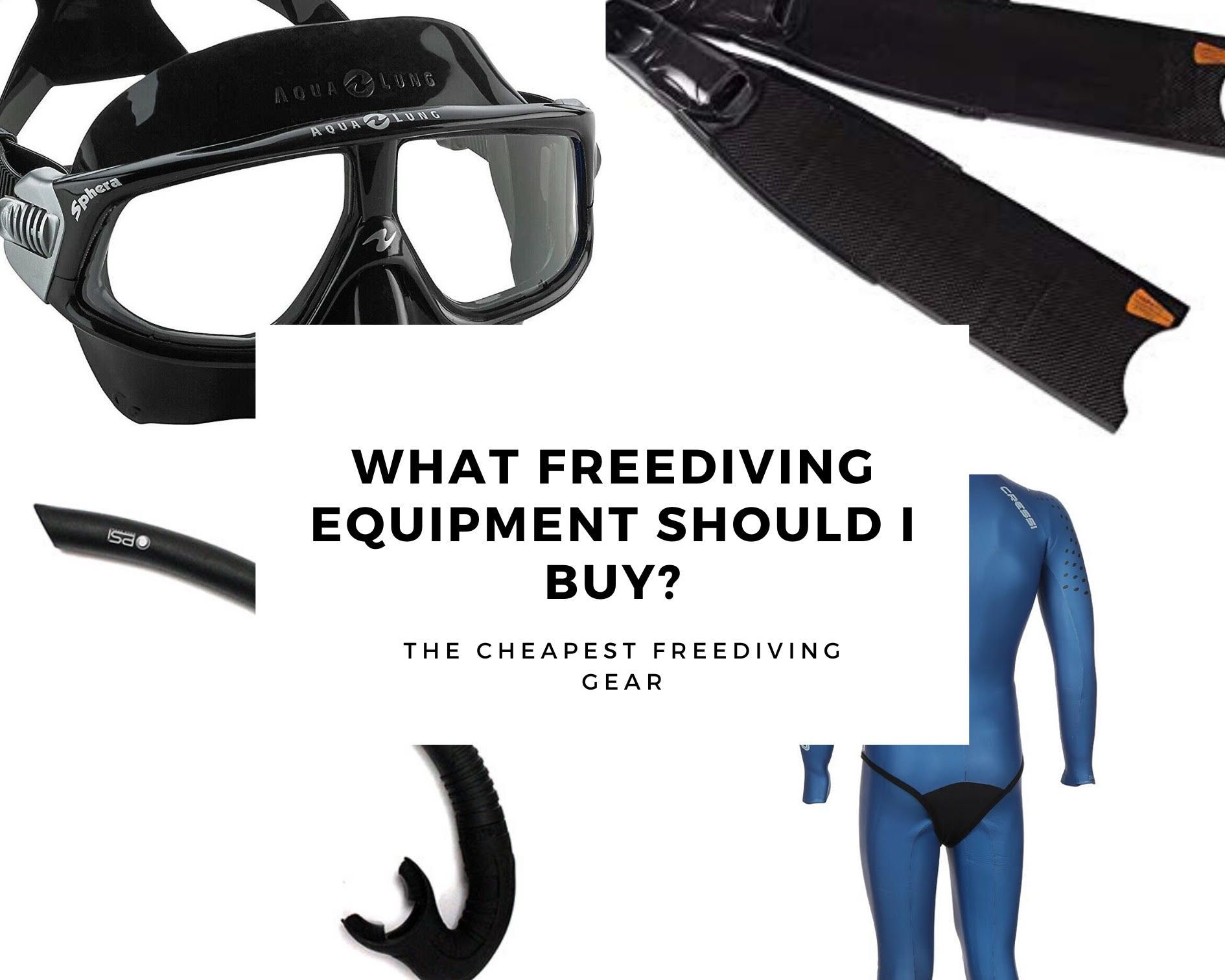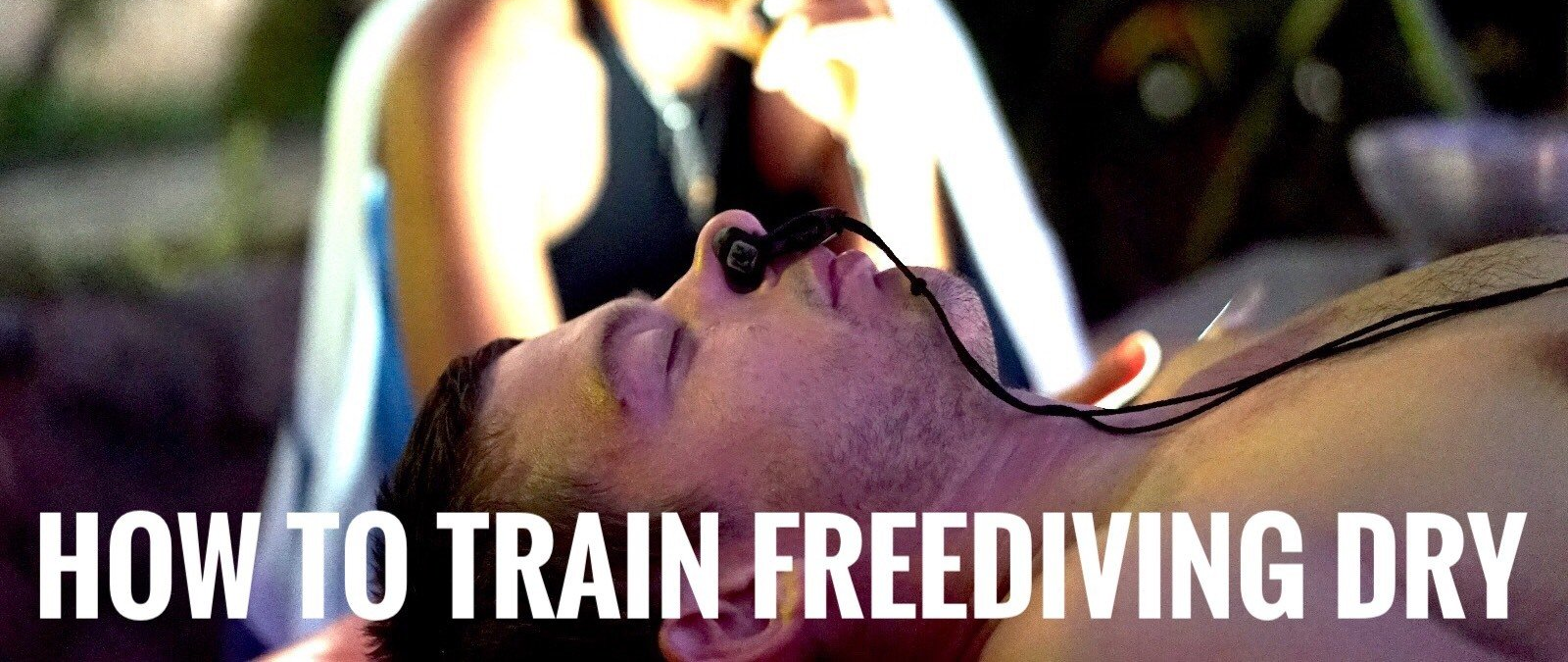Flow state and freediving
Alexander Nilsson • November 26, 2021
In this article I will explain how to best achive flow state in freediving
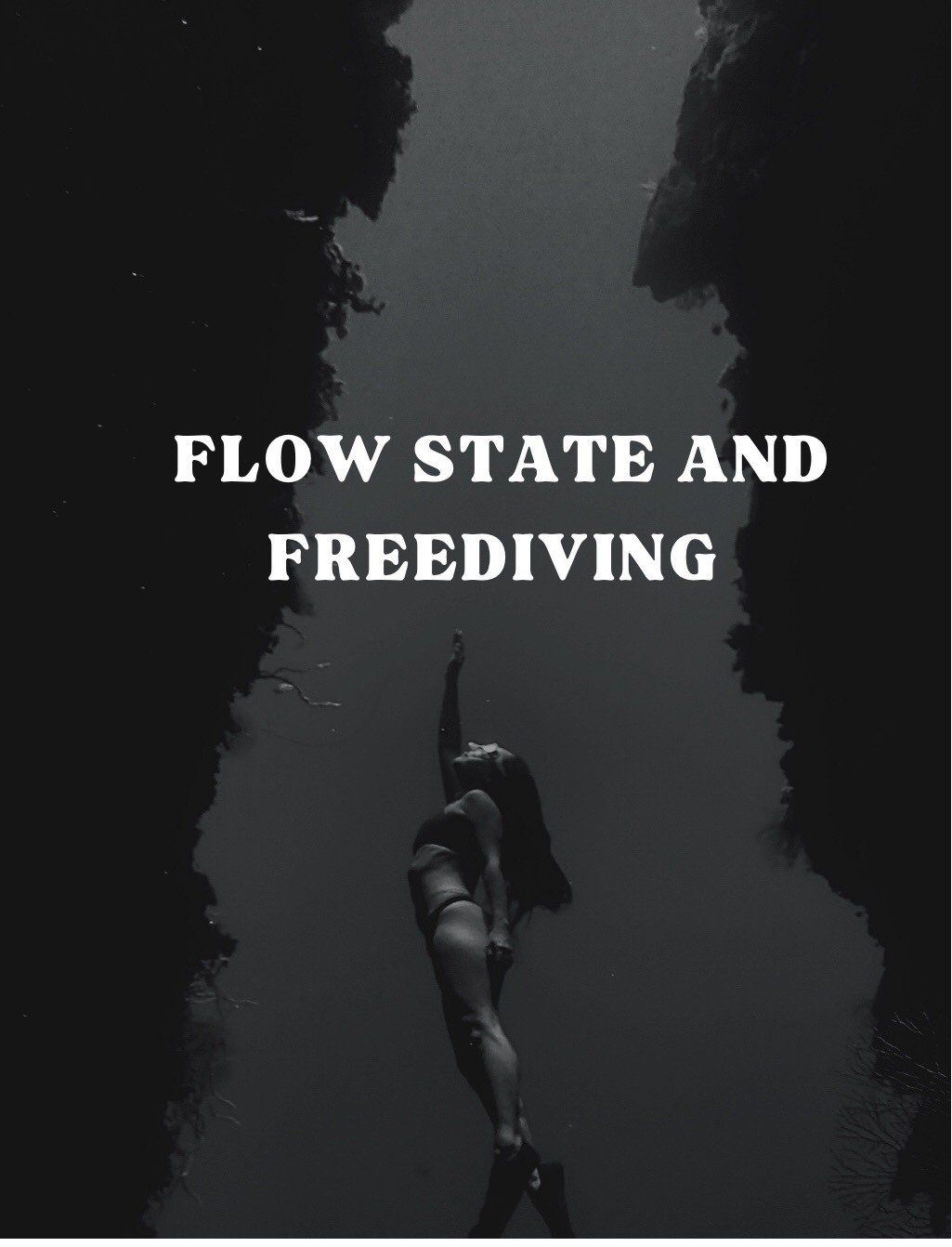
D id you know that our brain uses up around 25% of our oxygen supply?How would it be if we could hack in to a state of mind to get that oxygen consumption down?Today, I will be writing about what is called the "flow state" and how we as freedivers can reach this state to optimise our performance.I will give you all the tools and methods needed so that you can perform at your best with minimal effort.I will start off by briefly explaining the history of flow. This will be followed by an exploration of what happens in our brain during a flow state, what the different characteristics of flow state are, and also what actually triggers flow, so that you as freedivers can access into this perfect peak performance state of mind.Lastly, we will go through a dive example and show you how you could put this information to practice.What is flow?I'm sure that all of you have experienced a flow state. Maybe when you were taking a nap and you were half awake and half asleep, and you were a bit spaced out. Or when you were out running and all of a sudden realise that you're already back at your doorstep, but don't clearly remember getting there, time just flew by as you were running.The phenomenon has been called by different names throughout the ages and areas in which it occurs. Jazz musicians in the 50s started to call it "to be in the pocket" when they were hitting every single note while playing their music with nothing scripted. Later, in the 70s, athletes began to call this state of mind "to be in the zone", runners like to call it "the runners high". Comedians and writers usually call it "to be in the forever-box" when jokes come up one after another. It's a state of mind people experience at their very peak of performance.As we can see, this heightened state of consciousness that we now refer to as "flow state" had been observed in many areas and had been called by various names.It wasn't until the 90s when this Hungarian professor Mihaly Csikszentmihalyi started to research the subject, resulting in what would become the biggest study of optimal performance. Mihaly was traveling around the world for 10 years, interviewing different people from diverse backgrounds to understand what they experienced at their peak performance. And, surprisingly, they all explained similar experiences. Some of his interviewees explained the feeling as if flowing weightlessly downstream, without effort. So he decided to name the phenomenon "flow".

What happens in flow?
We've all experienced it, and it's
without a doubt a universal human condition.
And when we are in a flow state, a lot of interesting things happens.
But first of all, I have to clarify that flow is a spectrum experience. It's like any emotion. Take anger for example. You can be mildly hurt, or you can feel completely murderous. In the same way, you can be in a flow state to various degrees.
Let’s go into the psychological characteristics of flow state.
A lot of people experience what we can call a "micro flow". For example, when you're at work, some, but possibly not all, of the characteristic of flow state may be present. And at some other point, say running a marathon or writing away at a chapter for your new novel, you may be experiencing all of the flow characteristics at once, which some people confuse with a quazi-mystical moment, as it can be very profound.
Let's take a look at what happens when you are in flow, what the main characteristics of flow state are;
1.
Your sense of time becomes distorted, time can slow down, or it can speed up (i.e. our normal sense of linear time disappears). With us freedivers, this may happen most commonly during the freefall, where you're so focused on keeping the mouthfill and equalizing, that you lose track of time. Before you know it, you hit the bottom plate and it's time to turn around.
2.
Our sense of self tends to take the backseat, in essence your self-consciousness disappears and lets your subconsciousness take over.
Your focus on the task is so strong so you start forgetting about yourself.
You're not aware of the problems you as a citizen, as a son, a husband or a wife or whatever other roles you have in life, may have at that point in time.
At that moment, you're there purely as a freediver and are only focused on exactly what you're doing. the duck dive, equalisation, keeping the mouthfill and so on...
3.
Flow shuts up our inner critic. We all have this inner voice telling us what we can't do and what we're not good at. That voice that we all have sits in the pre-frontal cortex of our brain, and almost never shuts up. Over time, this voice can be really fatiguing for all of us.
What happens when we are in a flow state is fascinating - our inner critic becomes silent. On a neuro-anatomical level there are quite a few interesting things happening - the term for this phenomena is called transient hypofrantality. And really, that's just a complicated way of saying that, for a little while, the front of our brain quietens down and is silent. Researchers have been testing this in MRI scans and have observed time and time again that this part of the brain showed almost no activity during flow state.
I believe that this is one of the main reasons why freedivers can keep calm even when in a hostile situation, 100 meters under the surface, knowing that one bad thought can end up with a deadly outcome. But, with the negative voice in our head taken out of the equation, this fear or thought of failure does not register, and we manage to come up to the surface having enjoyed a wonderful experience.
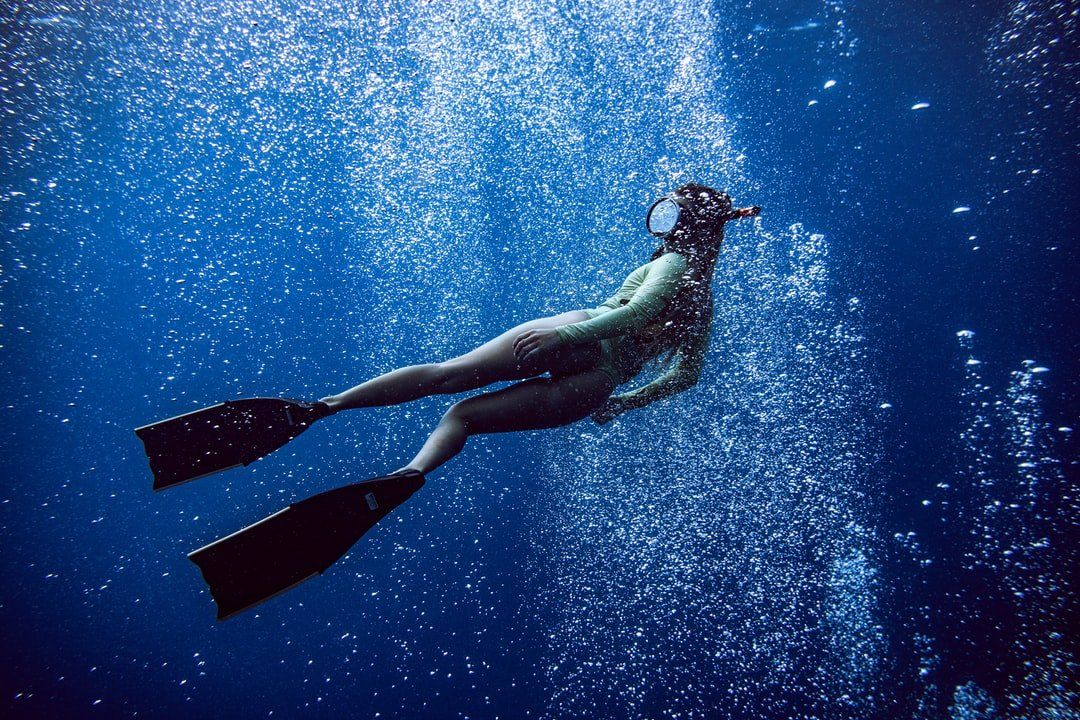
Next, let's go into how we as freedivers can better access or 'hack' our way into a flow state.There are 17 psychological and environmental identified triggers, but I have chosen to highlight here those that I feel works best for freediving, starting with the psychological ones;1. Focused attention on the task!One of the primary purposes of flow state is to help you focus on a particular task. However, to hack into the flow state in the first place, you must be in a position that allows you to strongly focus your attention on your goals. This also means that multi-tasking is out. Flow demands singular attention and action.Clear goals. Don't focus on the bottom plate or the surface. Focus on the present moment and that particular goal you have at that moment, step by step. For example, "breathe", "equalising the ears”, etc.2. Immediate feedbackThis trigger is a partner of clear goals. Clear goals tells us what we’re doing, while immediate feedback tells us how to do it better. If we know how to improve performance in real time, the mind doesn’t go off and search for other stuff to think of. For example. You feel like your freefall is not fast enough. You shift your posture a little bit, and you feel that you are falling faster. This also keeps you stay focused on the here and now, preventing your thoughts from wondering.The following flow triggers are all environmental facets that you will be confronted by when freediving. As they are external, they cannot necessarily be controlled, but will nonetheless help you get into / immerse yourself deeper into a flow state.3. High consequences . A high consequence environment / situation automatically helps you focus on the task at hand, blurring worries or distractions into the periphery. This is applicable to freediving as loosing your mouthfill due to the pressure of the water can lead to a broken eardrum, a bad turn can lead to a lung injury, and stress can lead to a blackout - all potential consequences.4. Deep embodiment . This means that having an acute physical awareness again enables you to better focus on the task at hand. In the water, you are suddenly more aware of the different environment and how you move within it, shifting towards weightlessness and 3D movement. We are naturally earth-bound creatures, so when we are put in the water and become weightless, our attention will be directed towards this new surrounding and the sensations associated with it.5. Rich environment. This goes hand in hand with the previous point, additionally highlighting that having a rich, interesting environment which allows us to focus on the here and now (rather than distracting us, as for example a TV in the background would) further supports the immersion into a flow state.
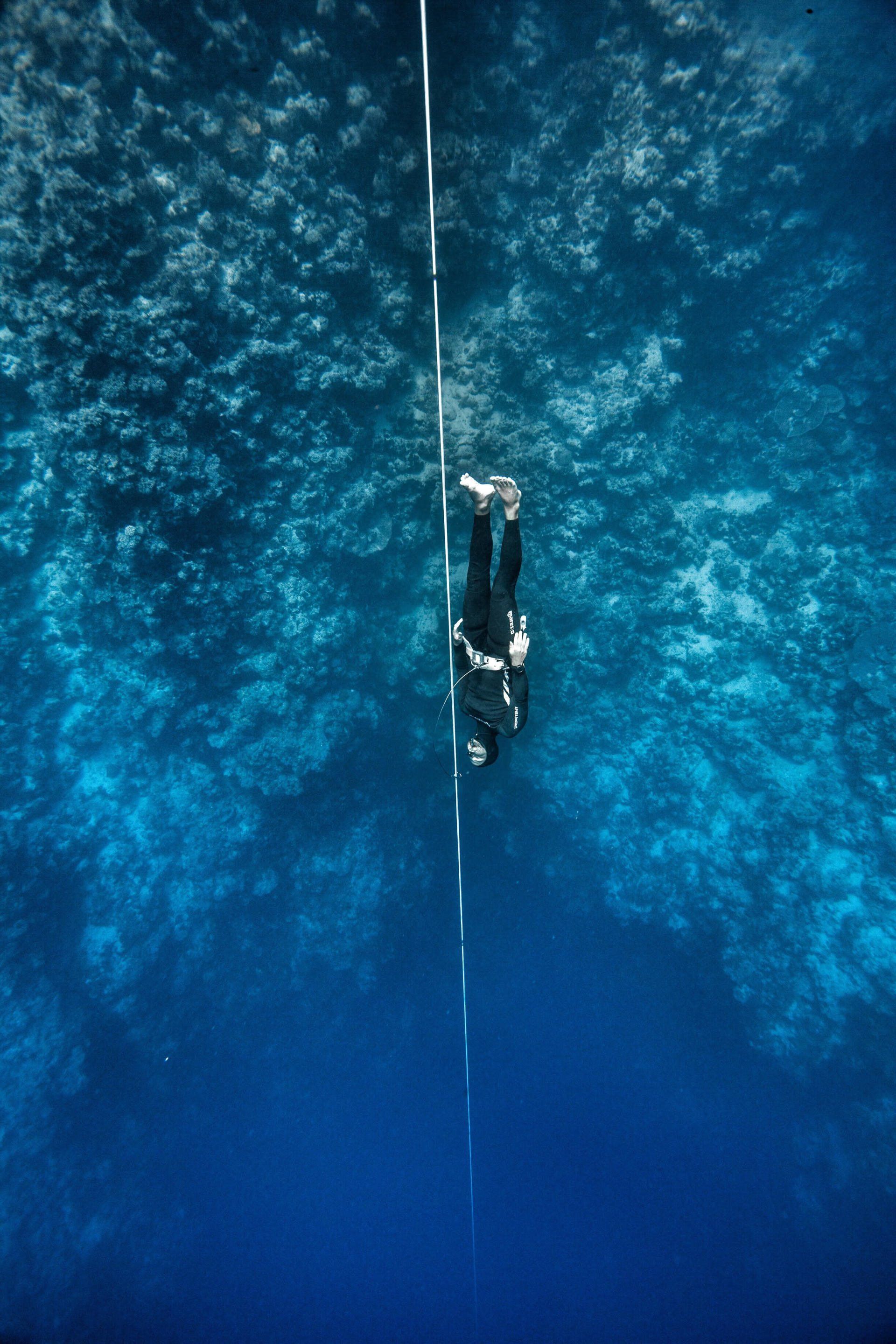
When we learn these new skills, we go through certain phases - first, we struggle, then we get through the release phase and then we arrive to the flow state.
As stated, at first we STRUGGLE when learning a new skill. For example, perfecting the mouthfill or finning technique can be a quite unpleasant or unexciting experience to begin with.But, to really benefit from your struggle, what you should do next is, when you're back home and relaxed, visualise the dive a couple of times now that you are in a low-pressure situation. Visualisations is a perfect way to practice without being in the high-pressure situation.The key to a good visualisation is to not just to run the pictures of your dive in your head, but rather to anchor the emotions and sensations to the picture, taking the time to feel all that you felt while diving again and at your own leisure. I for example always do my visualisations laying down on my back, do a full breathe up, take the final breath as in the dive, and do the entire visualisation on the breath-hold while doing the arm motions and equalisations as I would in a real dive in the water.Visualisation is also practiced a lot in other sports to, for example for Basketball free-throws or Formula 1 drivers, as which on the players/drivers can be extremely high. By practicing this mentally in a low-pressure environment, you find it easier to analyze your actions and also later access this state of focused calm when back in the high-pressure situation. It's very common to find oneself in a high-pressure situation and loose focus, your mind suddenly unable to recall how to do something you've practiced a million times before. You can help prevent that by practicing the task in simulations.As part of your simulations and in-water training, you should always try to think about what you could adjust to perform better, and this is what we can call the RELEASE PHASE. This may mean thinking about how your freefall is faster or slower due to your body position or other factor, and how the speed affects your equalisation, moutfill or mental state. With time, you will develop your personal formula for the perfect dive in which your mind is focused on each step, the sensations and how to make the dive as pleasant and positive as possible.
Let's run through of how this may be for you - next time when you are back in the water, as soon as you start to float on the surface, focus all of your senses on this particular moment. Feel the water, how it supports you, how it allows you to have 360 motion without Earths' gravity pushing down on your shoulders.Next, shift your focus to your surface breathing and working towards relaxing your mind. Feel the breaths, how filling and emptying your lungs makes you more or less buoyant, realising how much calmer you get after each and every breath. You may feel like you are starting to zone out.The following actions should feel like they happen automatically, but your still there. You're like a happy passenger and your subconscious mind is the designated driver, taking you deeper and deeper into flow state. Before you know it, you're already at the bottom plate, and it's time to go up. You're still partially in the flow state and you keep yourself there by focusing on the task at hand. You may want to focus on the pulling of the rope, counting every pull, or counting kicks if you're using fins. Keeping your focus on something concrete and relevant to the situation helps you have a calm mind during the entire dive. Suddenly, you’re at the surface again, and you've just had the best and most effortless dive you've ever had.This is what we aim towards, as our dive should feels effortless when in flow. Hard to believe that a high-performance task close to your limit feels effortless, but it really can be this way.So, next time you are on the surface doing you breathe-up and can't calm down, remember these three words - FLOW FOLLOWS FOCUS, and find something to truly focus on to find your flow state.
Share article:

